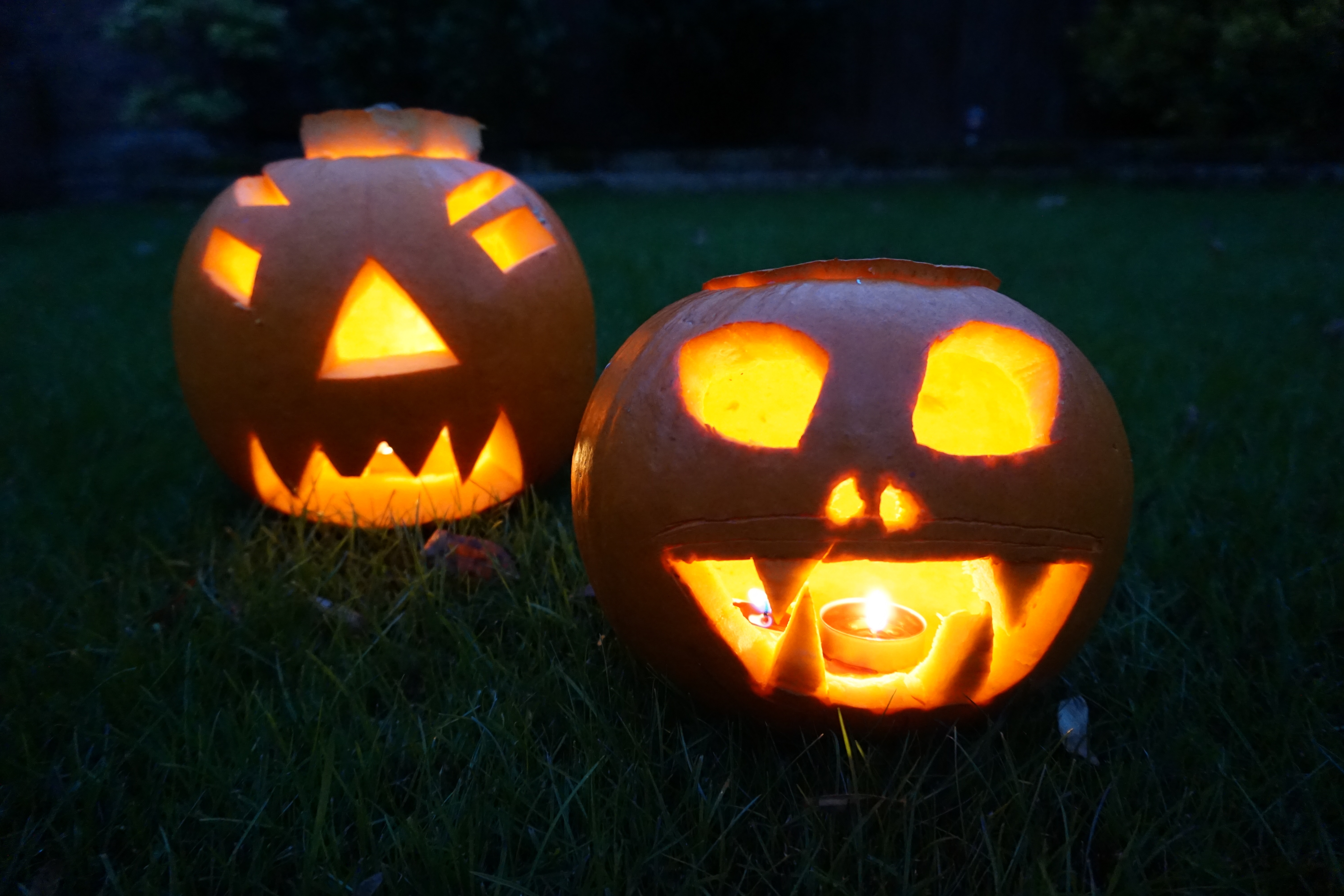The popularity of Halloween in the UK is growing, with global market research company, Mintel, finding 77% of young millennials spend money on the event every year. From an early age, many of us just accept our parent’s decision to put us in a “spooky” costume before encouraging us to go and collect sweets from the neighbours. It sounds bizarre when thought of out of context. This made me question, how many of us actually know the origins of this enduring tradition?
The first origins date back to Celtic times, around 2000 years ago, when Halloween was originally known as the pagan festival of Samhain. For the Celts, the beginning on the New Year was 1st of November, so in some respects, Samhain was what could today be classed as New Year’s Eve. However, rather than excitement for the New Year, Samhain marked the end of Summer and the harvest, and the arrival of the dreary, cold winter which was associated with human death. They also believed that on this date, the living world and the dead world merged, bringing ghosts to the earth. As a result, the people lit bonfires and dressed up in costumes made from animal skin in an attempt to frighten off the ghosts.
Fast forward to 43AD; the Romans conquered Celtic land and consequently introduced two of their own festivals: Feralia and Pomona. Feralia was also celebrated in late October to celebrate the passing of the dead, and Pomona was a day to honour the Roman Goddess of fruit and trees. Her symbol was an apple, hence the tradition of apple bobbing many participate in today.
How did Halloween spread?
In the mid 1800’s, the Irish Potato Famine caused many to flee to North America. With them, the Irish immigrants took their tradition of Al ’Hallows Eve. Of course, as a festival deriving from Celtic paganism, Halloween was much more common in Southern colonies of America which held less of a religious presence. The ethnic diversity found here caused new and distinct traditions to form, such as harvest celebrations (hence, pumpkin carvings) and the telling of ghost stories. The movement of the immigrants helped raise the festivals popularity as traditions began to spread around the world.
“Trick or treat!”
There are various origins of where trick or treating is thought to have come from. In the early days, American women believed they could find out what their future husband would look like by performing tricks with mirrors or string, and treats were typically food or money. Other explanations include asking for prayers for the dead, or playing tricks on the homeowner if their presence was not welcomed.
The greatest shift in Halloween traditions came when in the 19th century, the American people decided to place a stronger community emphasis on the festival, allowing it to appeal more to children. This encouraged the removal of witchcraft and unpleasant costumes, and fomented the use of light hearted and family friendly decorations. As a result, parties (like those we have today) became common, and families began to celebrate together every year.
Megan Valentine

